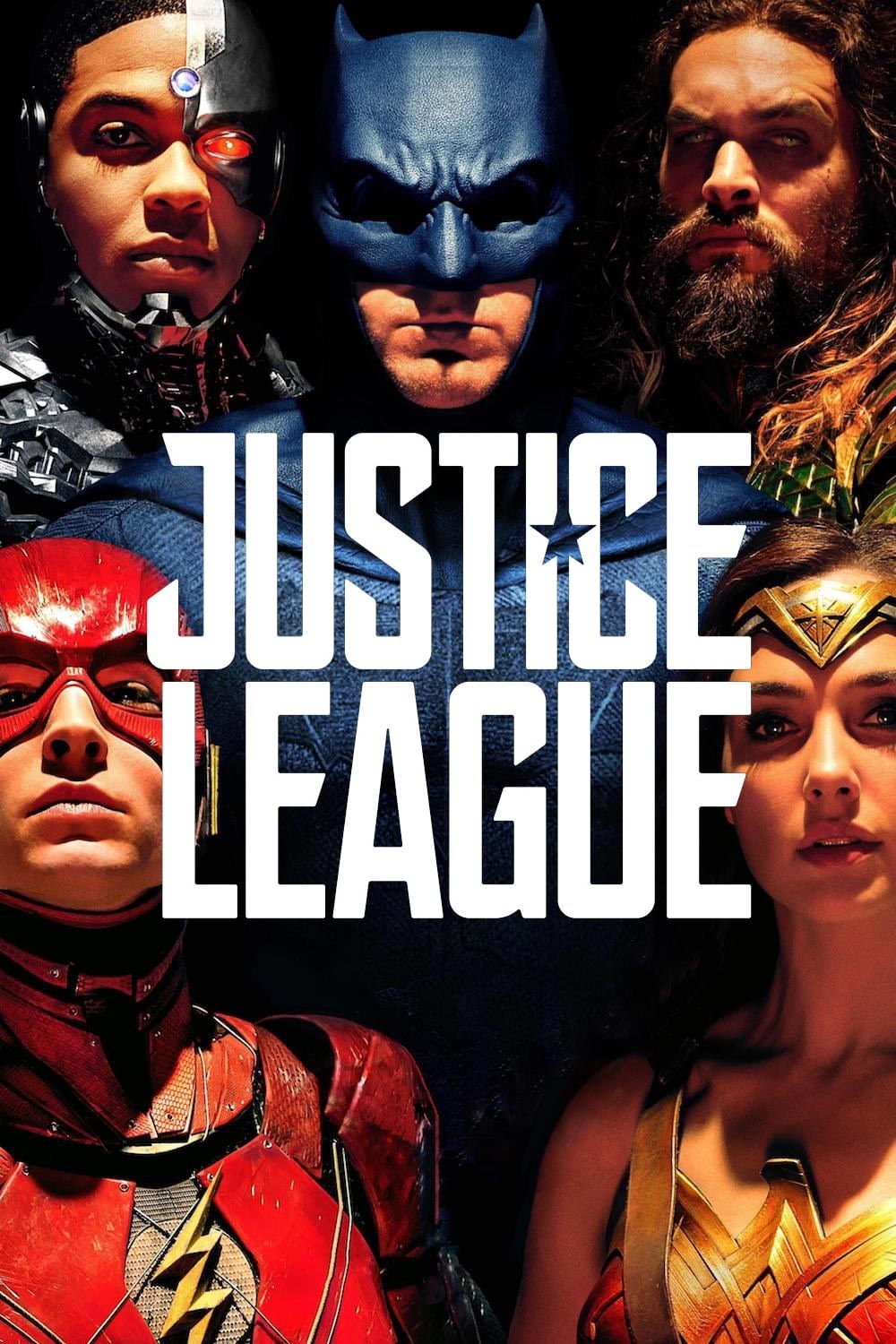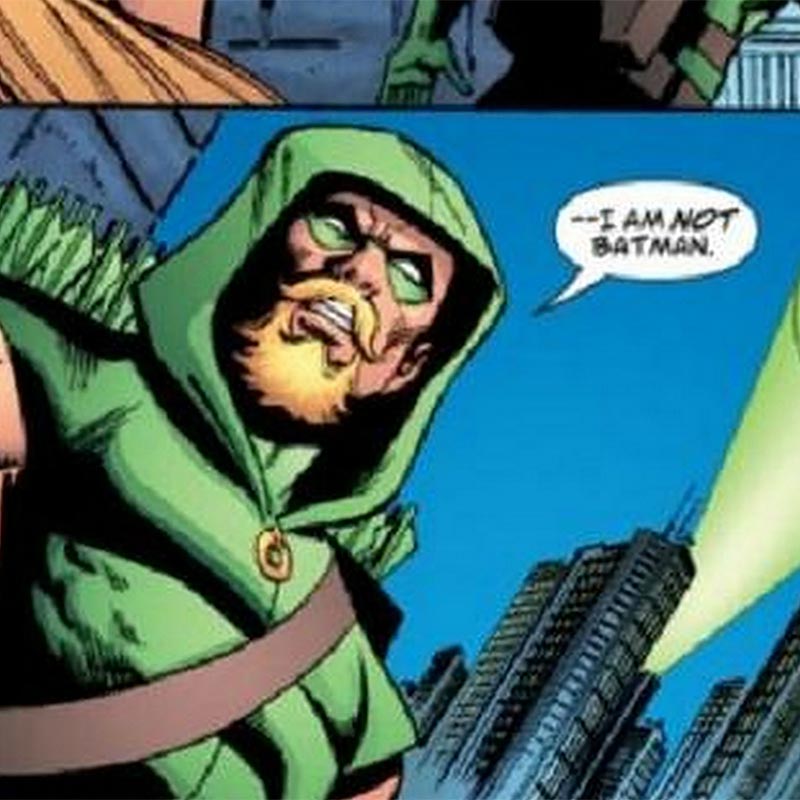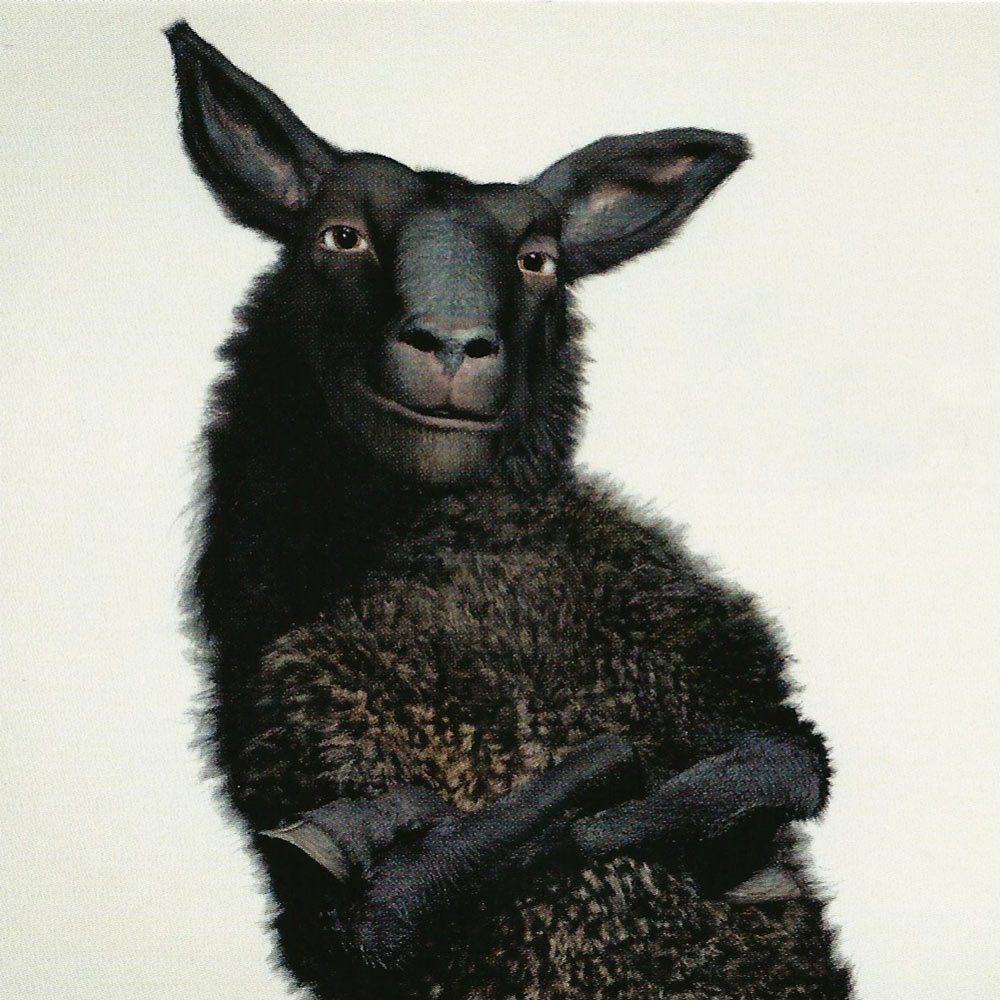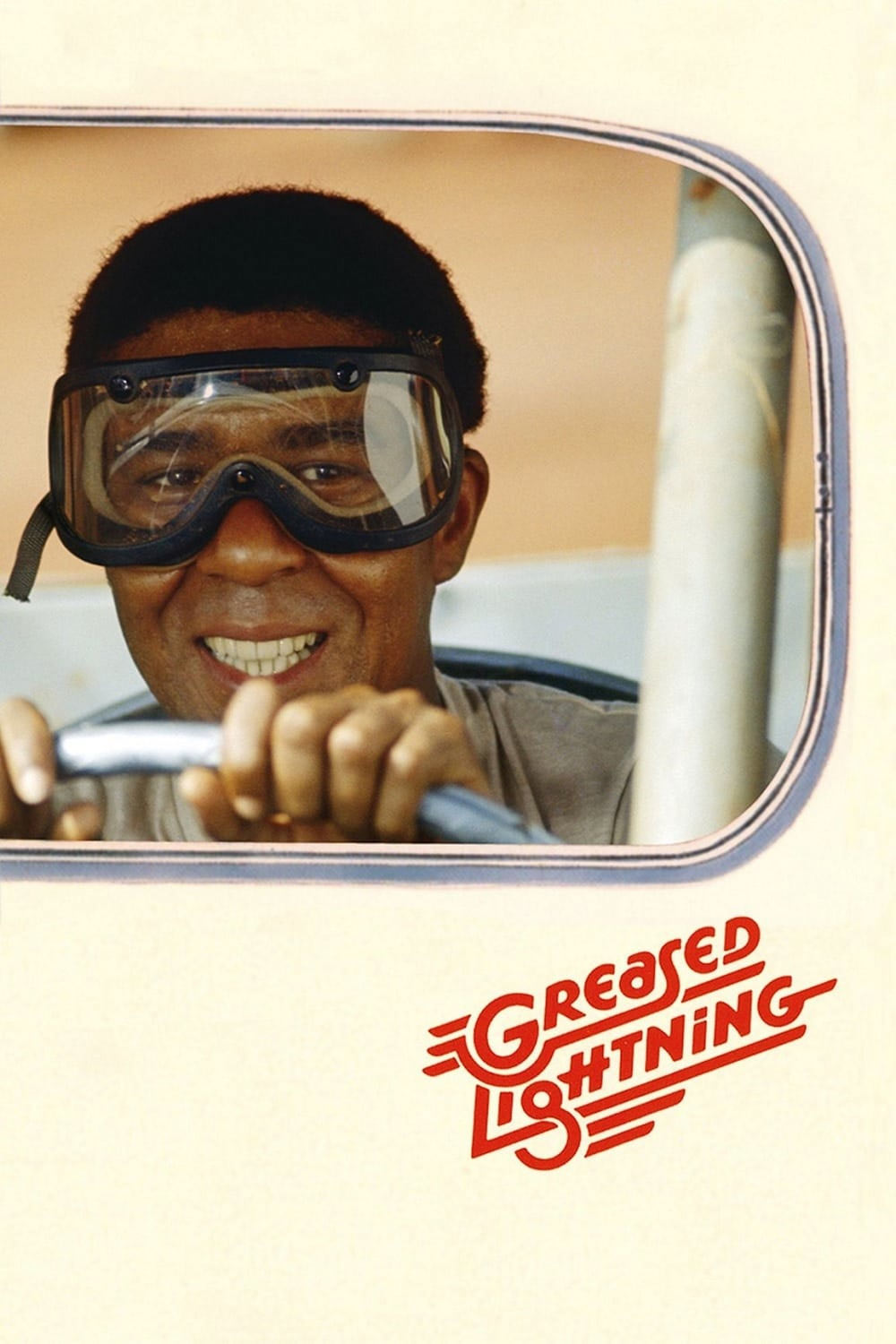Published on
By the time “Superman III” hit theaters in 1983, the Man of Steel had already soared through two wildly different adventures — one a heartfelt origin story, the other a high-stakes clash with General Zod. But this third entry takes an unexpected detour, blending slapstick comedy, corporate sabotage, and some truly bizarre character choices. It’s a film that dares to step away from the mythic and dive into the absurd — for better or worse.
In “Superman III”, Clark Kent returns to Smallville for a high school reunion just as a bumbling computer savant, Gus Gorman, is recruited by a corrupt tycoon to use his skills for corporate sabotage. As Superman faces off against a synthetic form of kryptonite that splits him into good and evil versions of himself, chaos unfolds—from a runaway chemical plant fire to a supercomputer gone rogue. Caught between his dual identities and a bizarre tech-fueled plot, the Man of Steel must pull himself together to save the day once again.
It’s clear from the very first scene that “Superman III” is a whole different beast from its predecessors. Instead of a soaring, heroic opening, we’re dropped into a flat comedy bit with Richard Pryor doing his schtick in an unemployment office. It’s not especially funny—much like most of Pryor’s scenes in the film—and it’s a far cry from the kind of grand, attention-grabbing opening you’d expect from a Superman movie.
The opening credits of “Superman III” break sharply from tradition, ditching the iconic space-faring title sequence of the first two films in favor of a slapstick-heavy comedy set piece on the bustling streets of Metropolis. As the credits roll, a chain of absurd accidents unfolds around Clark Kent—people trip over blind men, a toy penguin causes havoc, and Clark tries (awkwardly) to help without revealing his powers. The sequence feels more like a Pink Panther movie than a Superman film, setting an oddly whimsical tone that signals the film’s shift toward broad comedy.
Much of the first act of “Superman III” plays like a lighthearted detour, where Superman’s sporadic action scenes are wedged between Clark Kent rekindling things with high school sweetheart Lana Lang in Smallville, and Richard Pryor teaming up with Robert Vaughn in a cartoonish plot to sabotage Colombia’s coffee industry. It’s not until the second act that the film finds its footing with what is arguably the most memorable sequence of not just this movie, but perhaps the entire Christopher Reeve run: Evil Superman.
Here, we get a version of Superman that feels like a proto-Homelander—a dark, selfish figure who ditches heroism, drinks heavily, and even sleeps with a voluptuous blonde villainess. It’s a bold concept that finally gives Reeve room to stretch the character, and he absolutely delivers. This twisted take on the Man of Steel is the film’s standout moment—unfortunately, it’s also the only one.
I’m not going to pretend Lex Luthor’s schemes in the first two Superman films were genius masterstrokes, but at least they had a certain focus and internal logic. The villainous plot in “Superman III”, on the other hand, is a scattered mess. Richard Pryor’s character inexplicably goes from novice computer programmer to elite hacker, then somehow ends up doing fieldwork—breaking into offices, impersonating a high-ranking general, and handing Superman a chunk of synthetic kryptonite. By the third act, the plan devolves into building a massive supercomputer that can… do anything, apparently. There’s no real structure or motivation driving any of it. Honestly, I’ve been watching the 1966 “Batman” TV series lately, and the average scheme cooked up by the Riddler or Penguin has more clarity and focus than anything in this movie.
Another issue is the way Gus is portrayed, largely shaped by casting Richard Pryor in the role. He’s the lovable goof—a well-meaning schmuck with a knack for getting in over his head, played with Pryor’s trademark comedic charm. But the film treats his actions with a level of levity that doesn’t match their actual consequences. By the third act, he even gets a redemption arc, with Superman essentially letting him go free. The problem is, Gus’s actions—played for laughs—almost certainly got people killed. Triggering catastrophic weather in Colombia likely caused fatalities, and the scene where he turns city traffic lights into a slapstick disaster probably resulted in serious injuries, if not deaths. But the film glosses over all of that, choosing to keep everything as silly and consequence-free as possible, which undercuts any moral weight the story might have had.
What keeps “Superman III” from being a complete disaster is the cast. Christopher Reeve fully owns the role by this point and finally gets the chance to stretch his acting chops—especially during the “Evil Superman” arc. Surrounding him is a solid supporting cast clearly having fun. Robert Vaughn gleefully chews the scenery as the corporate villain, and Annette O’Toole brings warmth and relatability to Lana Lang—frankly, a more appealing love interest than Margot Kidder’s Lois Lane, who’s barely in the film and looks rather disengaged. While Richard Pryor is undeniably miscast, he still adds a nostalgic charm, representing a time when he was one of the biggest stars of the ’80s. Pamela Stephenson’s Lorelei may not have much depth, but she lights up every scene she’s in with sheer screen presence—few characters in a Superman movie have shown that much cleavage with such unapologetic flair.
“Superman III” marks the point where the franchise began to unravel. It had the chance to explore a bold new direction—Evil Superman could’ve been the heart of the film—but instead, that compelling arc is introduced and wrapped up in a single act. What’s left is a jumble of half-baked ideas stitched together into a Frankenstein’s monster of a movie. It’s not unwatchable, and there are flashes of entertainment throughout, but it’s a clear step down from the first two films.







